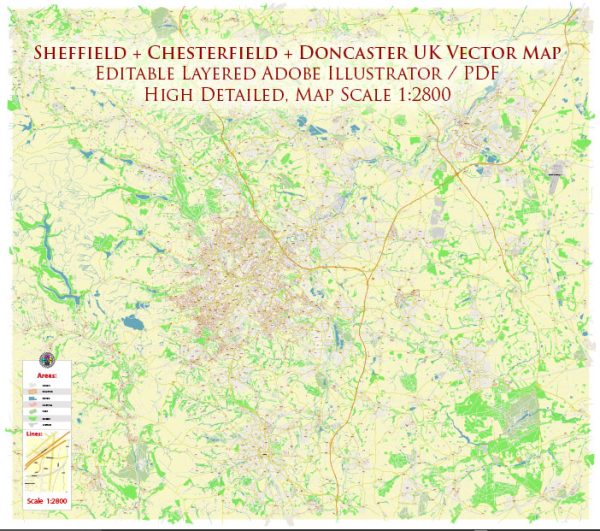The history of the steel industry in the Sheffield area of the United Kingdom is rich and significant. Sheffield has long been associated with steel production and is often referred to as the “Steel City.” Here’s an overview of the history of the steel industry in Sheffield:
- Early History: The roots of the steel industry in Sheffield can be traced back to the medieval period. The region had a reputation for producing high-quality cutlery, knives, and tools. The production of steel in Sheffield began with the use of blister steel, a precursor to modern steelmaking.
- Crucible Steel: One of the most important developments in the history of Sheffield’s steel industry was the invention of crucible steel by Benjamin Huntsman in the 1740s. Crucible steel was a high-quality steel made by melting wrought iron and charcoal in clay crucibles. This innovation significantly improved the quality of steel produced in Sheffield and led to its prominence in the industry.
- Industrial Revolution: During the Industrial Revolution, Sheffield became a major center for steel production. Advances in technology and the availability of raw materials, including iron ore and coal, facilitated the growth of the steel industry.
- Specialization: Sheffield’s steel industry became known for its specialization in producing high-quality cutlery, tools, and other steel products. The city’s craftsmen and manufacturers gained a reputation for their skill and expertise in steel production.
- Innovation: Sheffield steelmakers continued to innovate and improve their processes, leading to the development of various types of steel, such as stainless steel and alloy steels. Harry Brearley, a Sheffield metallurgist, is credited with the discovery of stainless steel in 1913.
- Decline: The steel industry in Sheffield, like many other industrial regions in the UK, faced challenges in the post-World War II era. Competition from overseas, changing technologies, and economic factors led to a decline in the industry.
- Modern Times: While the traditional steel industry has declined, Sheffield has adapted to changing economic conditions. The city has diversified its economy, with a focus on advanced manufacturing, aerospace, and high-technology sectors.
- Heritage and Museums: Sheffield’s steel industry heritage is preserved in various museums and attractions, such as the Kelham Island Museum and the Sheffield Industrial Museums Trust. These institutions showcase the history of steelmaking in the region.
Today, while the traditional steel industry in Sheffield has diminished, the city’s legacy as the “Steel City” remains an important part of its identity. Sheffield has transitioned to a more diverse and high-tech economy, but its historical contributions to the steel industry are still celebrated and remembered.


 Author: Kirill Shrayber, Ph.D.
Author: Kirill Shrayber, Ph.D.